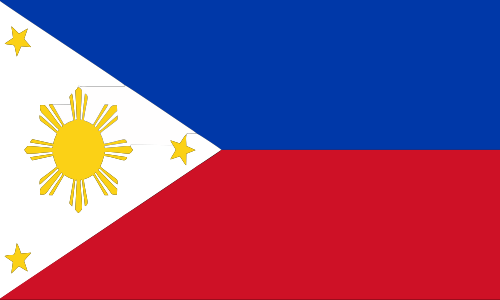
Dataset is a data page that you can choose as needed. You can choose based on location, agreed topic, or data source. After this page, you can enter the visualization page of the data you selected.
Showing 12of 119entries
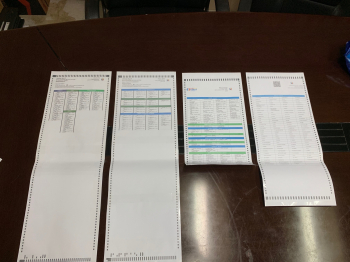
2013 Number of Precincts
- 10/07/2021, 06:28 - With a total of 42,025 barangays in the Philippines, there are a total of 77,827 clustered precincts that functioned for the
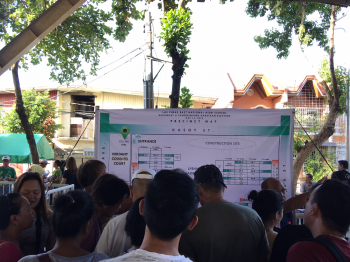
Number of Registered Voters in 2004
- 10/07/2021, 06:24 - There are a total of 43,522,634 registered voters for the 2004 Philippine Presidential Elections.
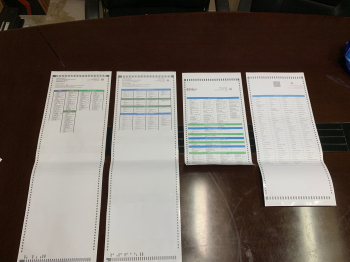
Voter Turnout in 2010
- 06/07/2021, 02:04 - Of the 50,977,118 registered voters, only 32,808,937 or 74.90 percent Filipinos voted during the 2010 Philippine Presidential
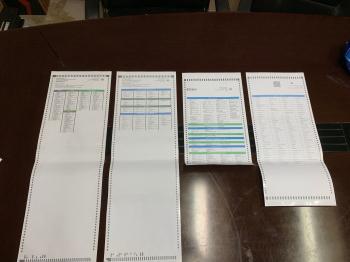
2010 Number of Precincts
- 06/07/2021, 02:01 - A total of 332,260 precincts functioned during the 2010 Presidential Elections

Voter Turnout in 2007
- 06/07/2021, 01:57 - Of the 44,881,129 registered voters, only 32,808,937 or 73.10 percent Filipinos voted during the 2007 Philippine Senatorial E
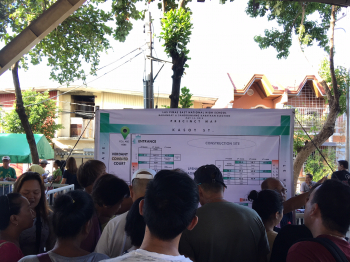
Number of Registered Voters in 2007
- 06/07/2021, 01:54 - There are a total of 44,881,129 registered voters for the 2007 Philippine Senatorial Elections.
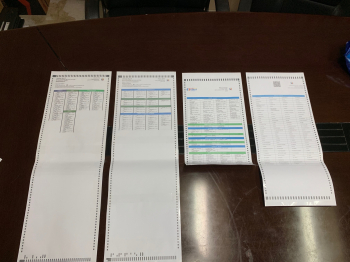
Voter Turnout in 2004
- 06/07/2021, 01:50 - Of the 43,522,634 registered voters, only 33,510,092 or 76.99 percent Filipinos voted during the 2004 Philippine Presidential
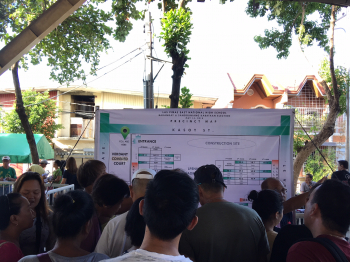
Number of Registered Voters in 2010
- 06/07/2021, 01:38 - There are a total of 50,977,118 registered voters for the 2010 Philippine Presidential Elections.
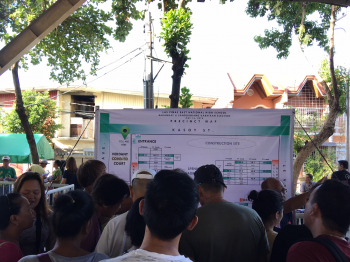
2004 Number of Precincts
- 06/07/2021, 01:33 - With 41,972 barangays in the Philippines, there are a total of 293,949 established precincts established for the 2004 Philipp
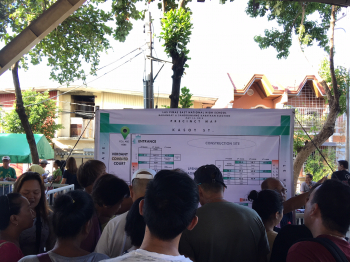
2001 Voter Turnout
- 04/07/2021, 02:36 - Of the 36,354,898 registered voters, only 27,737,268 Filipinos voted during the 2001 Philippine Senatorial Elections.
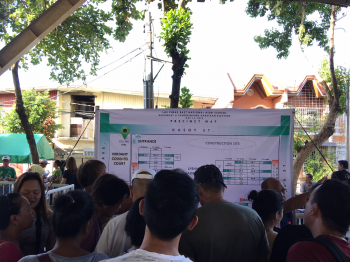
Number of Registered Voters in 2001
- 04/07/2021, 02:21 - There are a total of 36,354,898 registered voters for the 2001 Philippine Senatorial Elections.
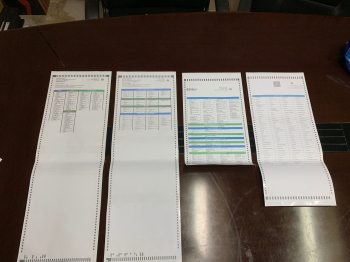
2001 Number of Precincts
- 04/07/2021, 02:10 - With 41, 933 barangays in the Philippines, there are a total of 238,960 established precincts established for the 2001 Philip
Philipines
Philippines or the Republic of the Philippines (Tagalog: Republika ng Pilipinas) is a republic in Southeast Asia, northern Indonesia, and Malaysia. The Philippines is an island nation located in the Western Pacific Rim, this country consists of 7,641 islands. For thousands of years, the citizens of the Philippine archipelago, and these hard workers, have developed a highly developed rice cultivation system that provides staple food for their communities.
The Philippines was the most developed country in Asia after World War II, but has since been lagging behind other countries due to weak economic growth, confiscation of wealth by the government, widespread corruption, and neo-colonial influences. However, at present the Philippines is experiencing moderate economic growth, which is largely contributed by remittances by Filipino workers abroad, and the rapidly growing information technology sector. The Philippines is often considered the only country in the Asian Continent where the influence of Western culture is very strong.
The country's major problems include the Bangsamoro separatist movement in the south of the Philippines, namely in the Mindanao region, rebels from the communist New People's Army in rural areas, government policies that are often inconsistent, the level of government increasing crime, and environmental damage such as deforestation and marine pollution. The Philippines is also experiencing problems with large populations in urban areas due to lack of employment in rural areas, and high birth rates.
